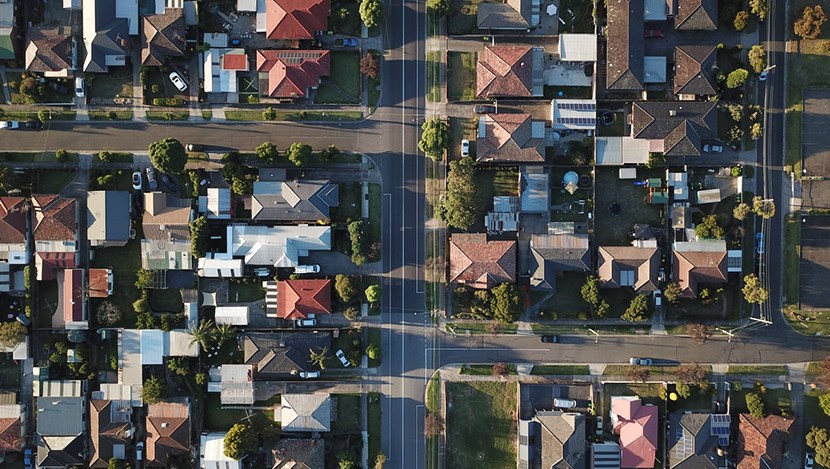
October Housing Starts: Slow and Steady Wins the Month

October housing starts rose by nearly 4 percent, HUD and the Census Bureau reported yesterday, a welcome signal that momentum appears to be rising among home buyers and home builders.
The report said privately owned housing starts in October came in at a seasonally adjusted annual rate of 1.314 million, up by 3.8 percent from September’s revised estimate of 1.266 million and 8.5 percent higher from a year ago (1.211 million). Single‐family housing starts in October rose by 2 percent to 936,000 from September’s revised 918,000. The October rate for units in buildings with five units or more rose to 362,000, up by nearly 7 percent from September and by nearly 11 percent from a year ago.
Regionally, results were mixed. In the South starts edged up by 0.7 percent to 689,000 units, seasonally annually adjusted, in October from 684,000 units in September and improved by 15.6 percent from a year ago. In the West, starts jumped by 17.6 percent t0 361,000 units in October from 307,000 units in September and improved by nearly 7 percent from a year ago.
In the Midwest, starts rose by 8.7 percent in October, seasonally annually adjusted, to 175,000 units from 161,000 units in September but fell by 6.4 percent from a year ago. In the Northeast, starts plunged by nearly 22 percent to 89,000 units in October from 114,000 in September and fell by 1.1 percent from a year ago.
“New residential construction continues to gradually creep higher amid lower mortgage rates, firming demand and rising builder optimism,” said Mark Vitner, senior economist with Wells Fargo Securities, Charlotte, N.C. “Still, the headline numbers have been nothing to write home about in recent months–on a non-seasonally adjusted year-to-date basis, starts are running 0.6% below last year’s pace, and October was only the second monthly increase in overall starts in the past six months.”
Vitner noted, however, the trend is “clearly improving” for single-family starts. “The single-family data tell a more positive story,” he said. “Although down 1.3% compared to the same period last year, single-family starts have risen five of the past six months. The trend is clearly improving–the 2.0% rise in October brought single-family starts to a 936,000-unit pace, the strongest since January.”
“Low mortgage rates, rising household income and a surge in household formation among millennials have significantly boosted demand for housing over the past year,” said Mark Fleming, chief economist with First American Financial Corp., Santa Ana, Calif. “However, we have underbuilt new housing relative to demand for years. Building will have to exceed household formation for a number of years to reduce the housing stock ‘debt’ we have accumulated.”
HUD/Census said privately owned housing units authorized by building permits in October rose to a seasonally adjusted annual rate of 1.461 million in October, 5 percent higher than September’s revised 1.391 million and 14.1 percent higher than a year ago (1.281 million). Single‐family authorizations in October rose to 909,000, 3.2 percent higher than September (881,000). Authorizations of units in buildings with five units or more rose to 505,000 in October, up by 6.1 percent from September and by nearly 28 percent from a year ago.
“Today’s pace of housing permits of over 1.3 million units is a good sign that home building is beginning to accelerate to keep up with the pace of household formation,” Fleming said. “Even better news is the rate of single-family permits. At 909,000, it is the highest it’s been since August 2007, signaling the expected strength of demand in 2020.”
The report said privately owned housing completions in October rose to a seasonally adjusted annual rate of 1.256 million, 10.3 higher than September’s revised 1.139 million and 12.4 percent higher than a year ago (1.117 million). Single‐family housing completions in October rose by 4.5 percent to 897,000; the October rate for units in buildings with five units or more rose to 354,000, up by 27.3 percent from September and by 25.5 percent from a year ago.
